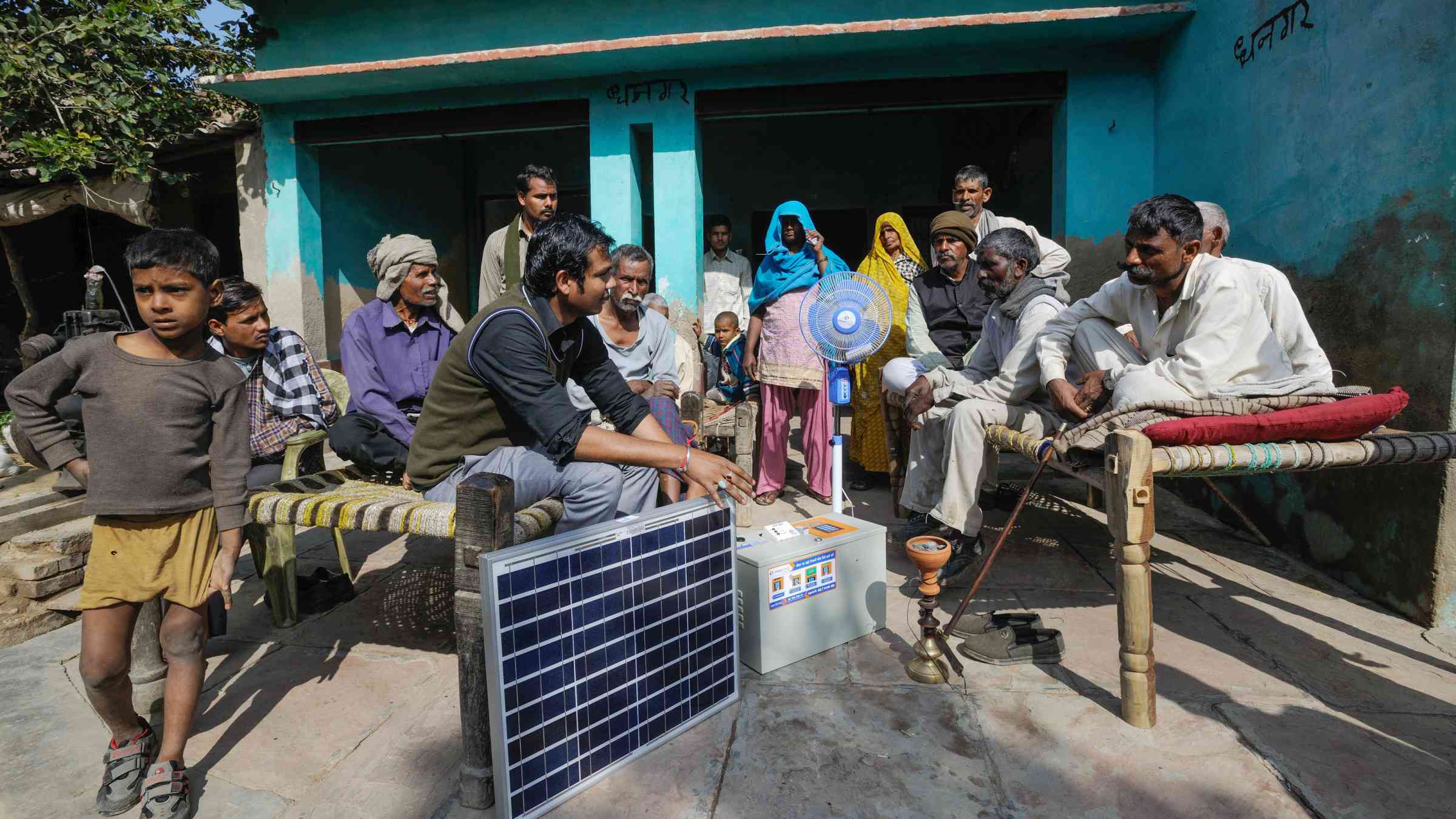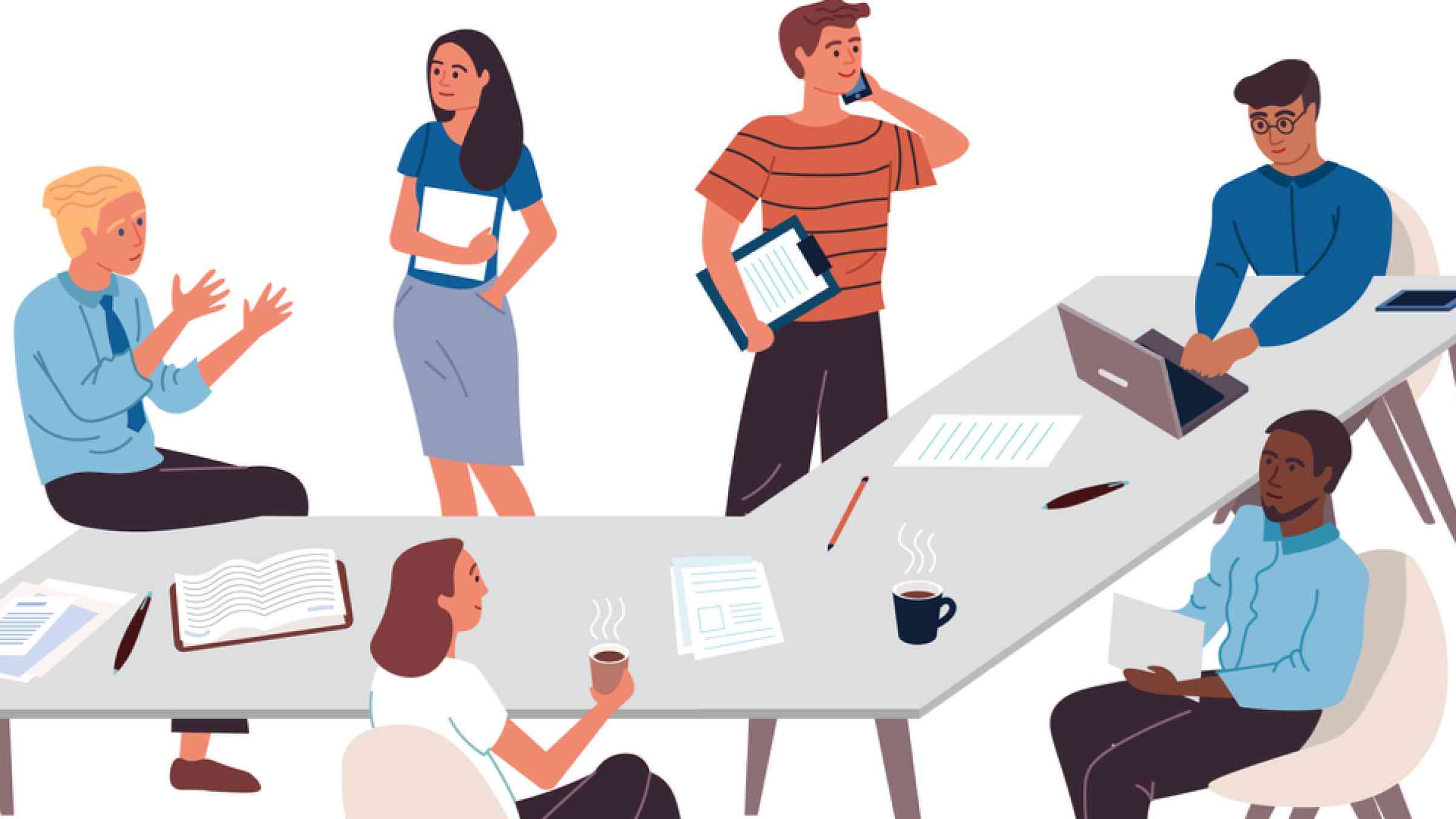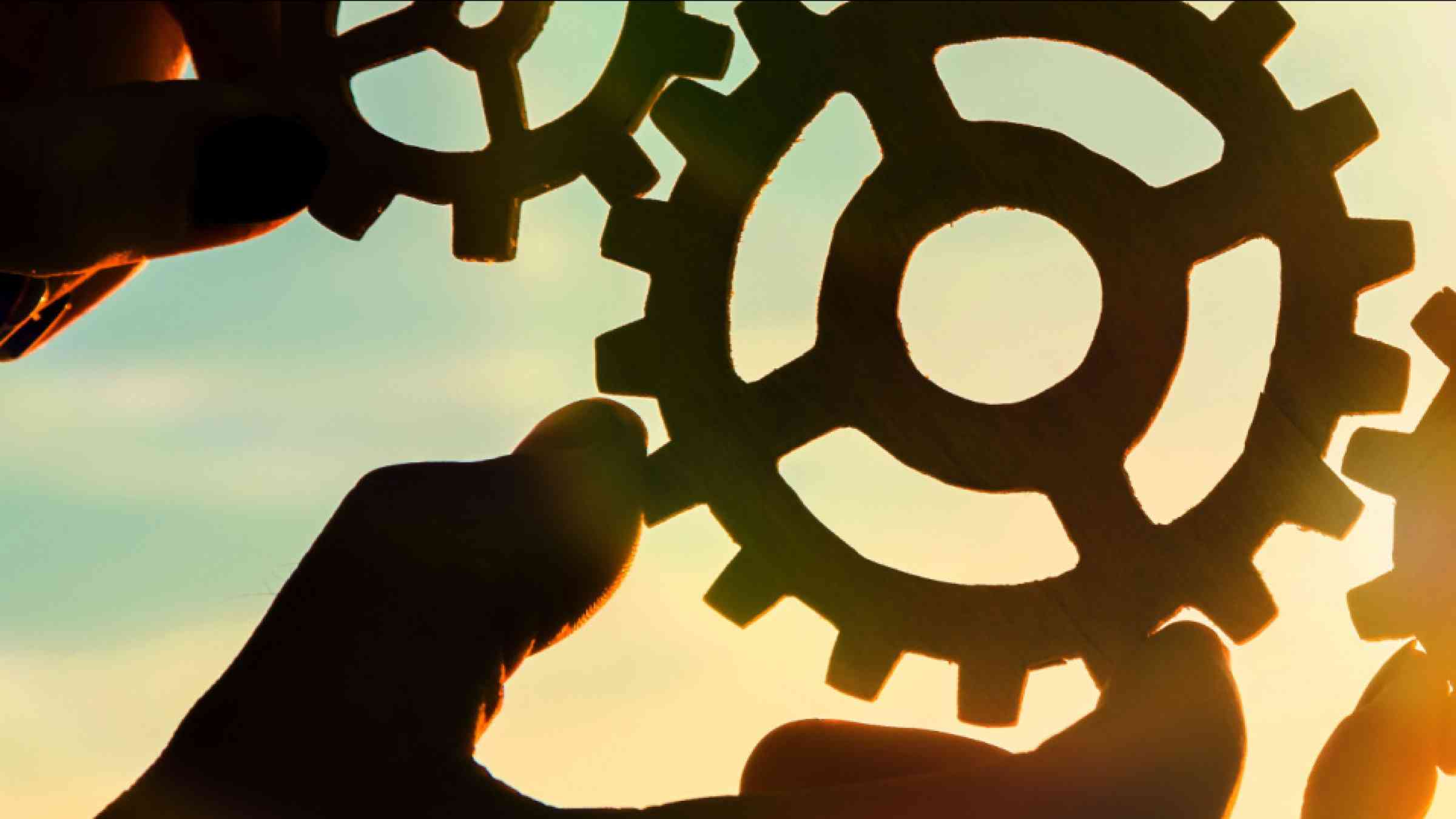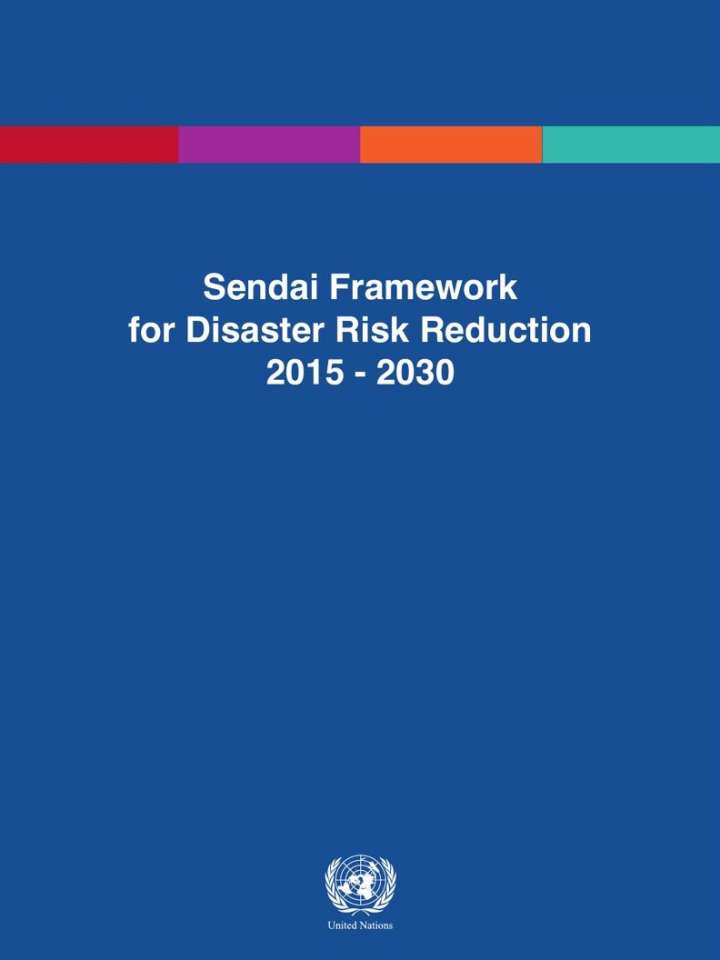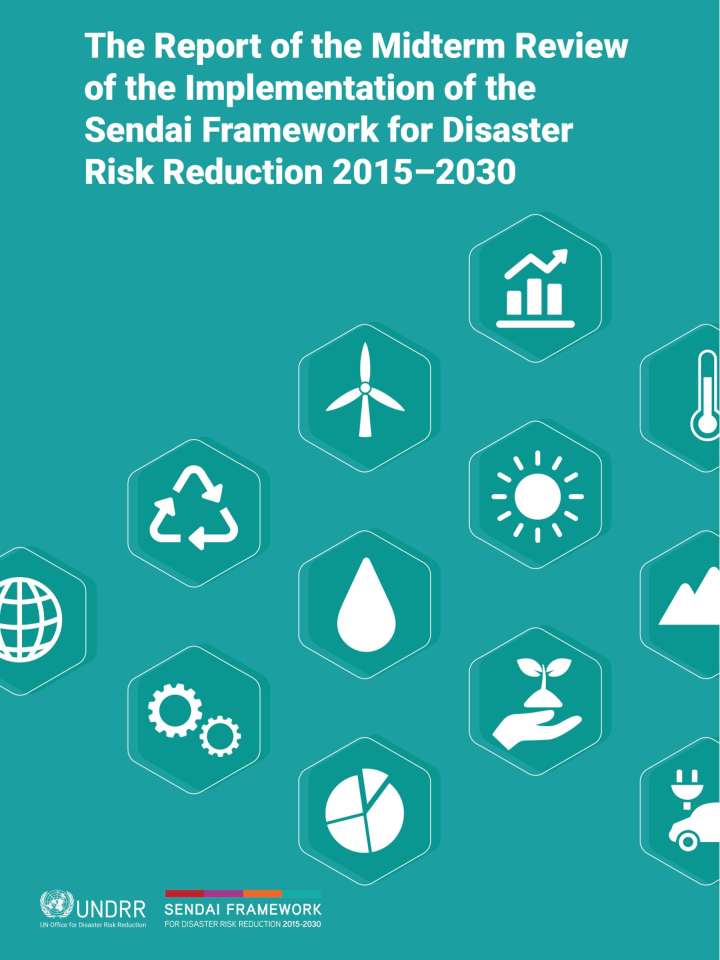What is the Sendai Framework for Disaster Risk Reduction?
The Sendai Framework works hand in hand with the other 2030 Agenda agreements, including The Paris Agreement on Climate Change, The Addis Ababa Action Agenda on Financing for Development, the New Urban Agenda, and ultimately the Sustainable Development Goals.
Endorsed by the UN General Assembly following the 2015 Third UN World Conference on Disaster Risk Reduction (WCDRR), the Sendai Framework advocates for:
The substantial reduction of disaster risk and losses in lives, livelihoods and health and in the economic, physical, social, cultural and environmental assets of persons, businesses, communities and countries.
It recognizes that the State has the primary role to reduce disaster risk but that responsibility should be shared with other stakeholders including local government, the private sector and other stakeholders.
UNDRR is tasked to support the implementation, follow-up and review of the Sendai Framework.
On this page
- Key documents
- Priorities for action
- Targets and indicators
- Monitoring scope
- UNDRR and the Sendai Framework
Sendai Framework key documents
The Sendai Framework is the successor instrument to the Hyogo Framework for Action (HFA) 2005-2015: Building the Resilience of Nations and Communities to Disasters. It is the outcome of stakeholder consultations initiated in March 2012 and inter-governmental negotiations held from July 2014 to March 2015, which were supported by the UNDRR upon the request of the UN General Assembly.
Priorities for action
Taking into account the experience gained through the implementation of the Hyogo Framework for Action, and in pursuance of the expected outcome and goal, there is a need for focused action within and across sectors by States at local, national, regional and global levels in the following four priority areas:
Priority 1
Understanding disaster risk
Disaster risk management should be based on an understanding of disaster risk in all its dimensions of vulnerability, capacity, exposure of persons and assets, hazard characteristics and the environment. Such knowledge can be used for risk assessment, prevention, mitigation, preparedness and response.
Priority 2
Strengthening disaster risk governance to manage disaster risk
Disaster risk governance at the national, regional and global levels is very important for prevention, mitigation, preparedness, response, recovery, and rehabilitation. It fosters collaboration and partnership.
Priority 3
Investing in disaster risk reduction for resilience
Public and private investment in disaster risk prevention and reduction through structural and non-structural measures are essential to enhance the economic, social, health and cultural resilience of persons, communities, countries and their assets, as well as the environment.
Priority 4
Enhancing disaster preparedness for effective response and to “Build Back Better” in recovery, rehabilitation and reconstruction
The growth of disaster risk means there is a need to strengthen disaster preparedness for response, take action in anticipation of events, and ensure capacities are in place for effective response and recovery at all levels. The recovery, rehabilitation and reconstruction phase is a critical opportunity to build back better, including through integrating disaster risk reduction into development measures.
Targets and indicators
The Sendai Framework focuses on the adoption of measures which address the three dimensions of disaster risk (exposure to hazards, vulnerability and capacity, and hazard’s characteristics) in order to prevent the creation of new risk, reduce existing risk and increase resilience. The Sendai Framework outlines seven global targets to guide and against which to assess progress.


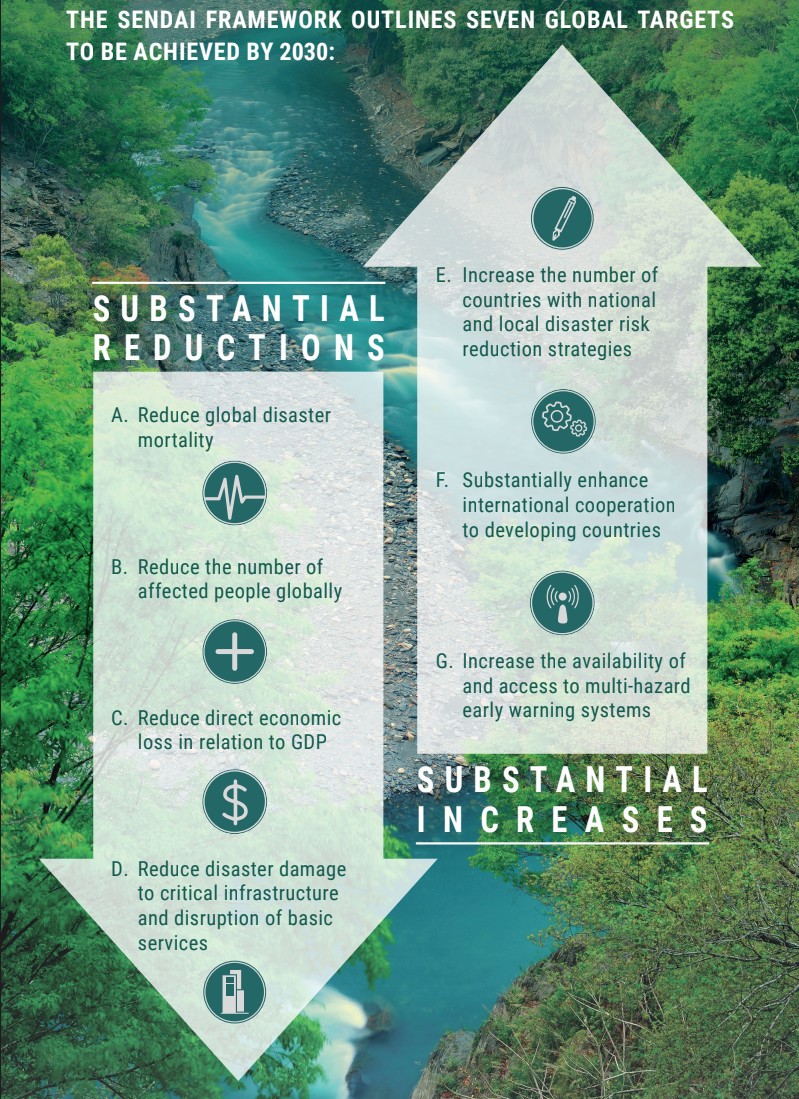
Monitoring scope
Global targets and indicators
The seven global targets and 38 global indicators will measure progress made by all countries on disaster risk reduction by the year 2030. These will contribute to the global analysis of the country level information submitted by countries and documented in the biennial Global Assessment Reports.
Custom targets and indicators
In addition to the 38 global indicators, there are custom targets and indicators. The custom targets and indicators are nationally defined instruments by Member States to measure their progress against the four priorities of the Sendai Framework. They are based on the priorities of respective countries and are reflected in the national DRR reports of the countries.
Input, Output and Outcome Level Targets and indicators
- Input level:
Nationally defined, appropriate public policy indicators to measure the implementation of the four Priorities and the Sendai Framework in general - Output level:
Nationally defined targets and indicators to measure reduction of risk and increase in resilience - Outcome level:
Global targets and indicators as described above, which are objective and comparable
Monitoring the Sendai Framework
The Sendai Framework Monitor is an online tool that captures self-reported (by member states) progress data against a set of 38 Sendai Framework indicators towards the seven Sendai Framework global targets. The indicators measure progress and determine global trends in the reduction of risk and losses.
The data loss and damage database
The Sendai Framework online monitoring tool has an important sub-system, the Disaster Loss Data Collection tool (called “DesInventar Sendai”) which permits the creation and maintenance of fully compliant Loss Databases that can be used to gather the data required for Global Targets A, B, C and D.
UNDRR and the Sendai Framework
As the lead agency within the United Nations system for the coordination of disaster risk reduction, we use our authoritative expertise and presence in five regional offices to build and nurture relationships with national and local governments, intergovernmental organisations, civil society and the private sector.
